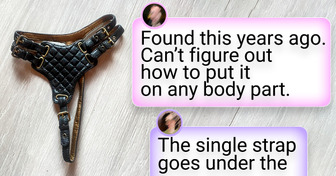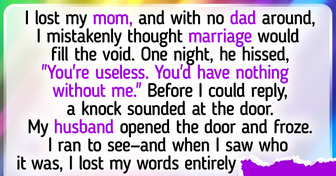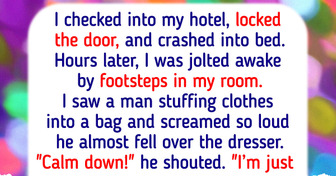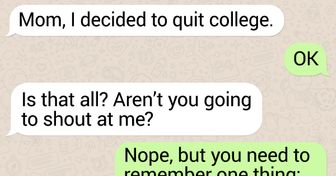17 Awkward Dates That Quickly Spiraled Out of Control

When we say ‘extinction’ — say it with me: “extinction” — we usually think of dinosaurs that went for lunch with a humongous asteroid and wiped out from the face of Earth. We don’t think of ourselves possibly going away in the near future. But what we forget is that there have been five mass extinctions that our planet witnessed in the last half a billion years, not just one. And we can be nearing the sixth one, where one of the species to possibly disappear are humans.
The first great mass extinction came about 440 million years ago, in the — Period. Back then, life was mostly thriving in the oceans and along the coastlines. Biodiversity was great at the time: there were thousands of different species. Trilobites, sea scorpions, and all kinds of weird-looking mollusks and even fish — you name it, Ordovician had it.
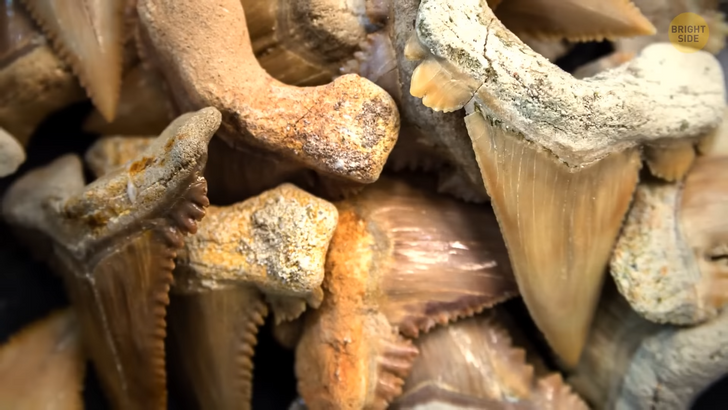
But then, the temperature around the planet started to drop: the overall warm climatic zones became colder and colder, until the oceans got covered with thick ice sheets. Most of the marine species weren’t ready for such abrupt changes. Imagine a trilobite, serenely crawling along the bottom of the sea and suddenly bumping into a glacier. It’s like living your entire life in a beach bungalow, only to find yourself in an igloo one day.
The event was dubbed Late Ordovician glaciation, which led to Late Ordovician mass extinction. Over 60% of all species that lived in that period disappeared. Only ancient fossils were left for paleontologists to discover hundreds of millions of years later. Nobody still knows exactly what caused the temperature drop at the time. The main theory is the CO2 levels in the atmosphere fell sharply. It led to cooling down of the entire surface of Earth. But the reasons for such a collapse are still under debate.
However, that wasn’t the worst mass extinction event in the history of our planet. Despite more than half of all living creatures being wiped out, biodiversity on Earth restored itself in the following 5 million years. Life went on... until another catastrophe struck. Within the span of 20-25 million years, from about 375 to 350 million years ago, several extinction events occurred. They were like pulses that damaged lots of marine species. Arthropods, like scorpions and mites, lots of various fish, including sharks — all were in decline. Overall, more than 75% of all living beings disappeared back then, who were mainly in the oceans.
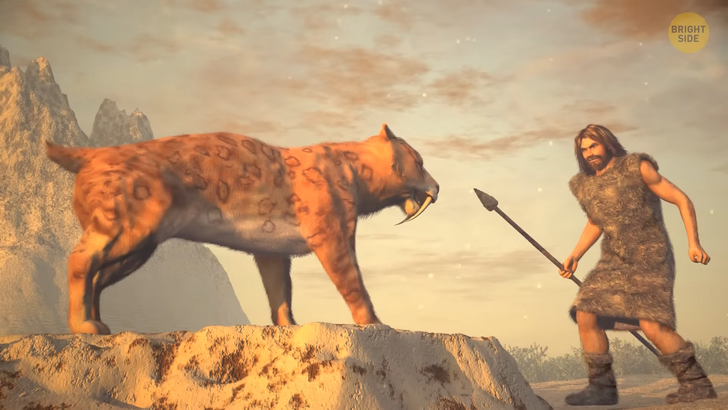
The reasons for such events are even more unclear than those before the Late Ordovician mass extinction. Most scientists now believe those waves were caused by changes in the sea level and a lack of oxygen in the oceans. A lot of plants quickly moved to land and adapted to living outside of water. And since they were the main source of oxygen in the ocean, all those fish and sea scorpions were in for a very unpleasant surprise.
The booming growth of plants on land also removed much of the CO2 in the atmosphere and enriched it with oxygen instead. This led to an abrupt temperature fall again. And although no new Ice Age followed, many land animals couldn’t adapt to the new conditions. The bitter irony was that the major part of them had just recently crawled out on land from the ocean, looking for a better environment. Ah, well.
This was only the first wave, though. The reasons for the second one that came about several million years later, are still unknown. Scientists think there could have been mass volcanic eruptions or even meteor strikes, but those are just hypotheses. Then another hundred million years passed without much trouble. Species rose and fell, evolved and disappeared, but the cycle of life continued.
Until about 250 million years ago, when the third mass extinction event occurred. It happened in the Permian Period, the last period of the Paleozoic Era. And it was so catastrophic that it had all the chances of becoming the last mass extinction on our planet. Scientists are still unsure what caused so many species to be eliminated. But the fact is that around 96% of all living creatures in the world were gone.
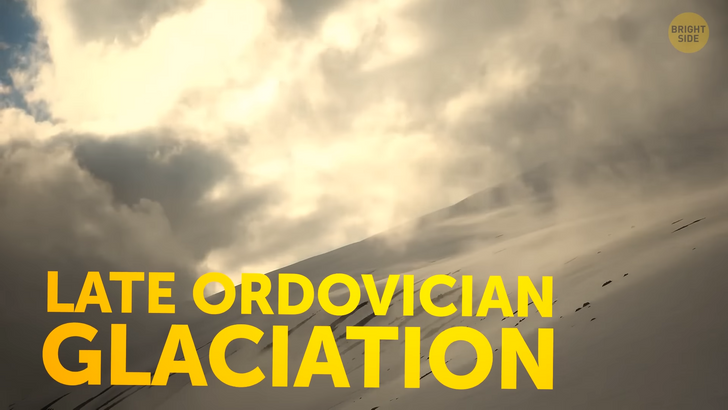
One theory suggests that volcanoes started being overly active. They threw millions of tons of methane and basalt into the atmosphere. Asteroid strikes might have added to the damage too. The sky was literally covered in dark clouds of ash. The proto-mammals and reptiles tried to hide from the black and gray mist, but it was everywhere. It was like hiding from the air itself.
Another culprit could’ve been microbes that loved their methane-rich environments. They could’ve quickly spread in the oceans and literally choked the rest of the marine life forms there. But whatever the reason, the Permian mass extinction event was the most massive and destructive of all the “great five”. All life on our planet could have ended right then and there. But those 4% that persisted eventually spread across the Earth and started a new era. Yay!
This time, they lived a peaceful life for “only” 50 million years, and then — BAM! — the fourth great mass extinction hit. It was different, though, slowly creeping across the planet over the last 18 million years of the Triassic Period. The extinction occurred in numerous short pulses, wiping out several species at a time. A slight climate change here, an abrupt temperature fall there, and very upset animals and fish all around. The main reason for that was again the volcanic activity at the time.
Fiery mountains started spewing out ash and gas once more, lowering the oxygen levels and suffocating life. Well that was harsh! The gasses and other substances thrown out of the volcanoes’ mouths changed the Earth’s climate again. Sea levels rose because of that, and some researchers believe even the pH levels were altered. That means the marine life that was used to swimming peacefully in more alkaline waters suddenly found itself trying to survive in acid.
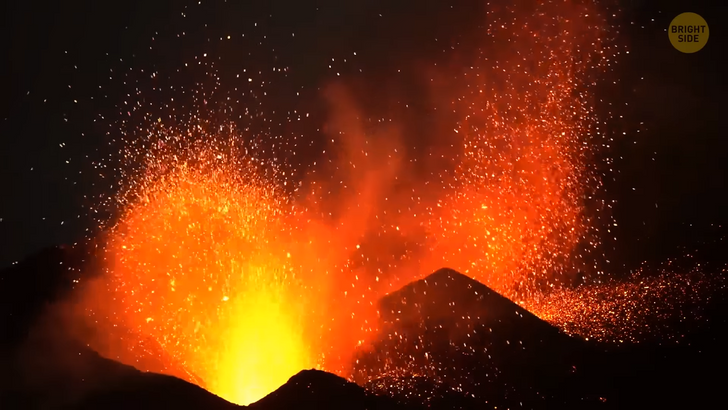
But apart from causing bursts of extinctions, these changes also ushered in the era of dinosaurs. It didn’t begin immediately, of course — some species evolved and slowly grew into the mighty animals we’ve heard so much about. Their extinction was the last of the great five, and certainly the most well-known. About 65 million years ago, when dinos were still ruling both land and ocean, an enormous asteroid came from outer space and fell right on Earth.
The impact was so powerful that it left a huge crater in the Yucatán Peninsula, and the explosion sent billions of tons of debris into the air. The dinosaurs that lived far away from the impact zone raised their heads and saw black and churning clouds blocking the sun. It remained for years, drastically dropping the temperatures.
In addition to the cold that followed, the asteroid hit a carbonate rock that had a lot of flammable material in it. The impact led to an explosion. The chemicals mixed in the air and produced sulfuric acid. And that acid fell down in the form of rains, altering the pH of the oceans. Aquatic creatures that were again used to more alkaline waters went “Oh, come on!”. That didn’t help, though.
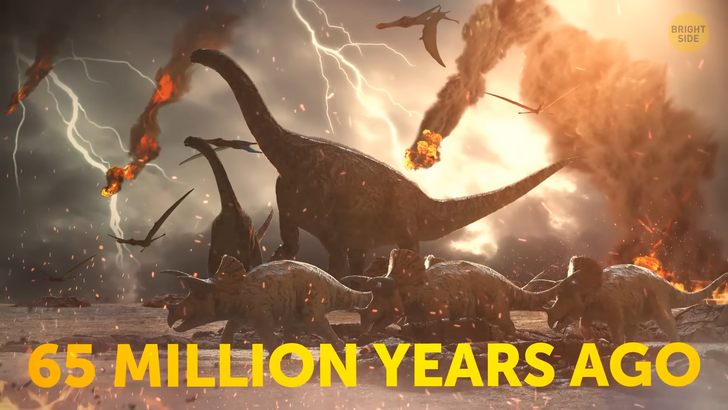
The changes were abrupt and severe. About 75% of all animals and plants went extinct in a matter of years, unable to survive the new, harsh conditions on the planet. But some persisted. Many of them were reptiles, like crocodiles and turtles, which managed to survive even up to this day, looking almost the same as they did back in the dinosaurs’ days.
Others were mammals, which had lived in the shadow of the mighty dinos and hid from them in dark corners. But now that the giant animals were gone, they flourished, bringing in the Cenozoic Era — the one that lasts to this day.
And today, we might be witnessing the sixth great mass extinction. According to scientists, with the evolution of humans, a lot of different plants and animals have gone from the face of our planet, never to return. The good thing is, mass extinctions always happened over a span of several million years, so we might still have time to recognize it, prepare and counteract. What do you think? Shall we?


